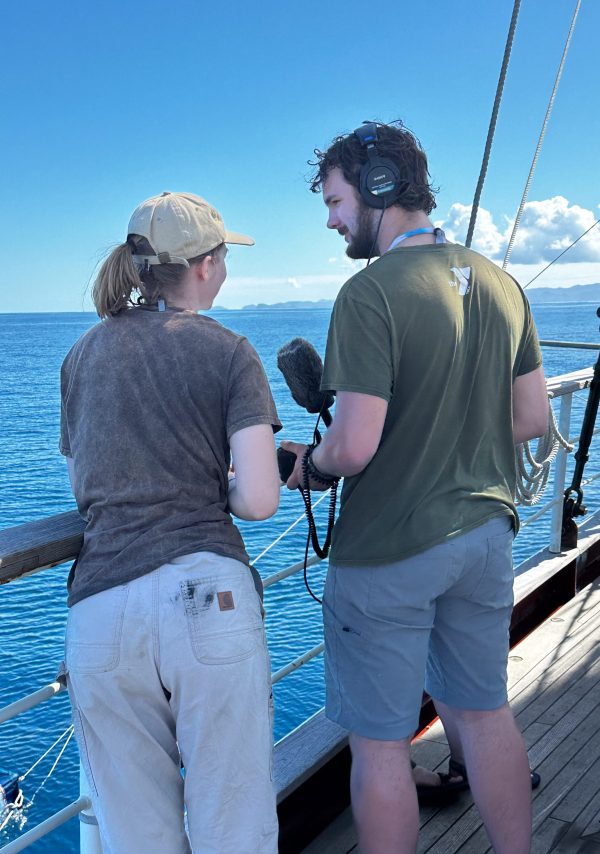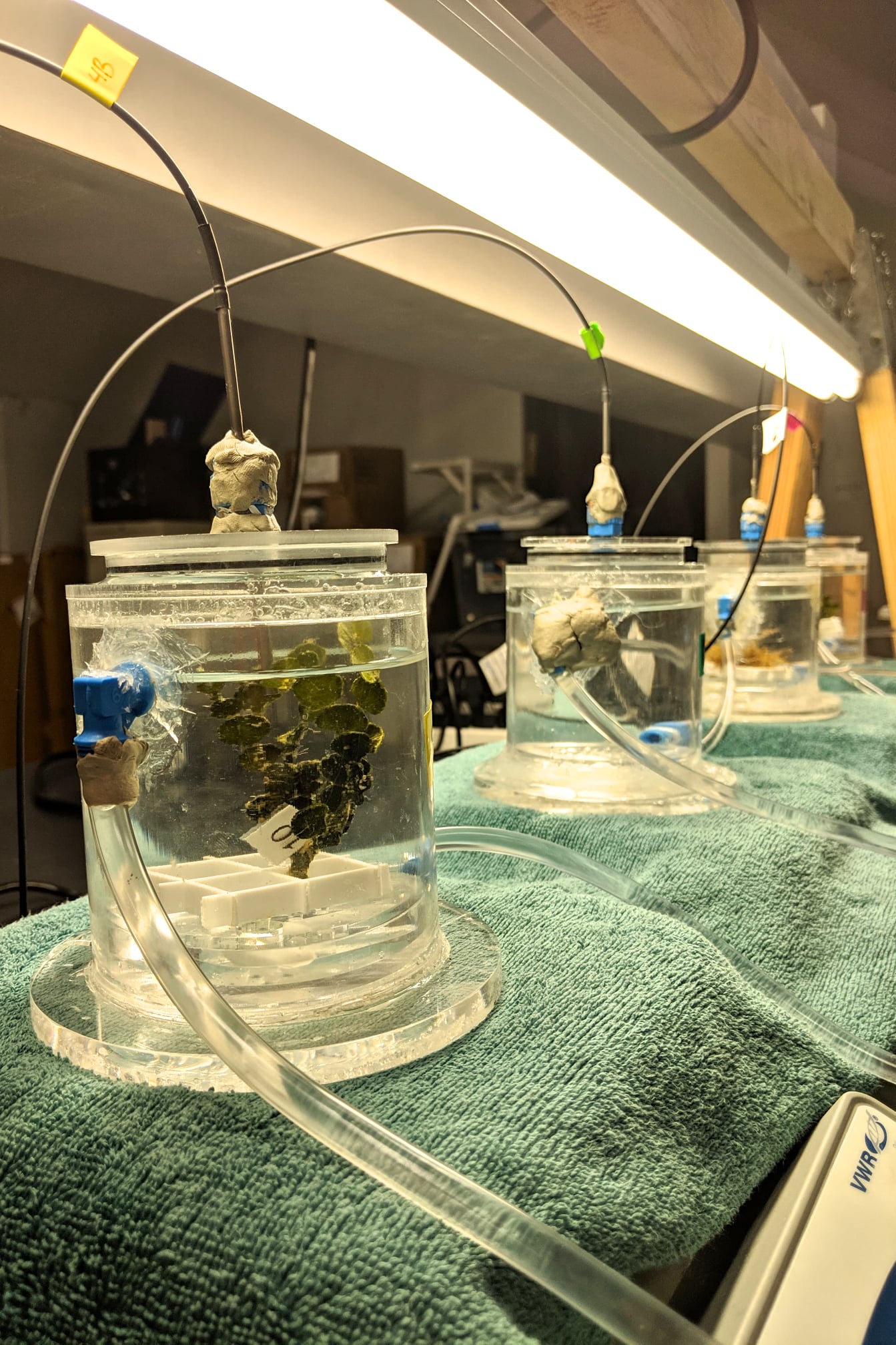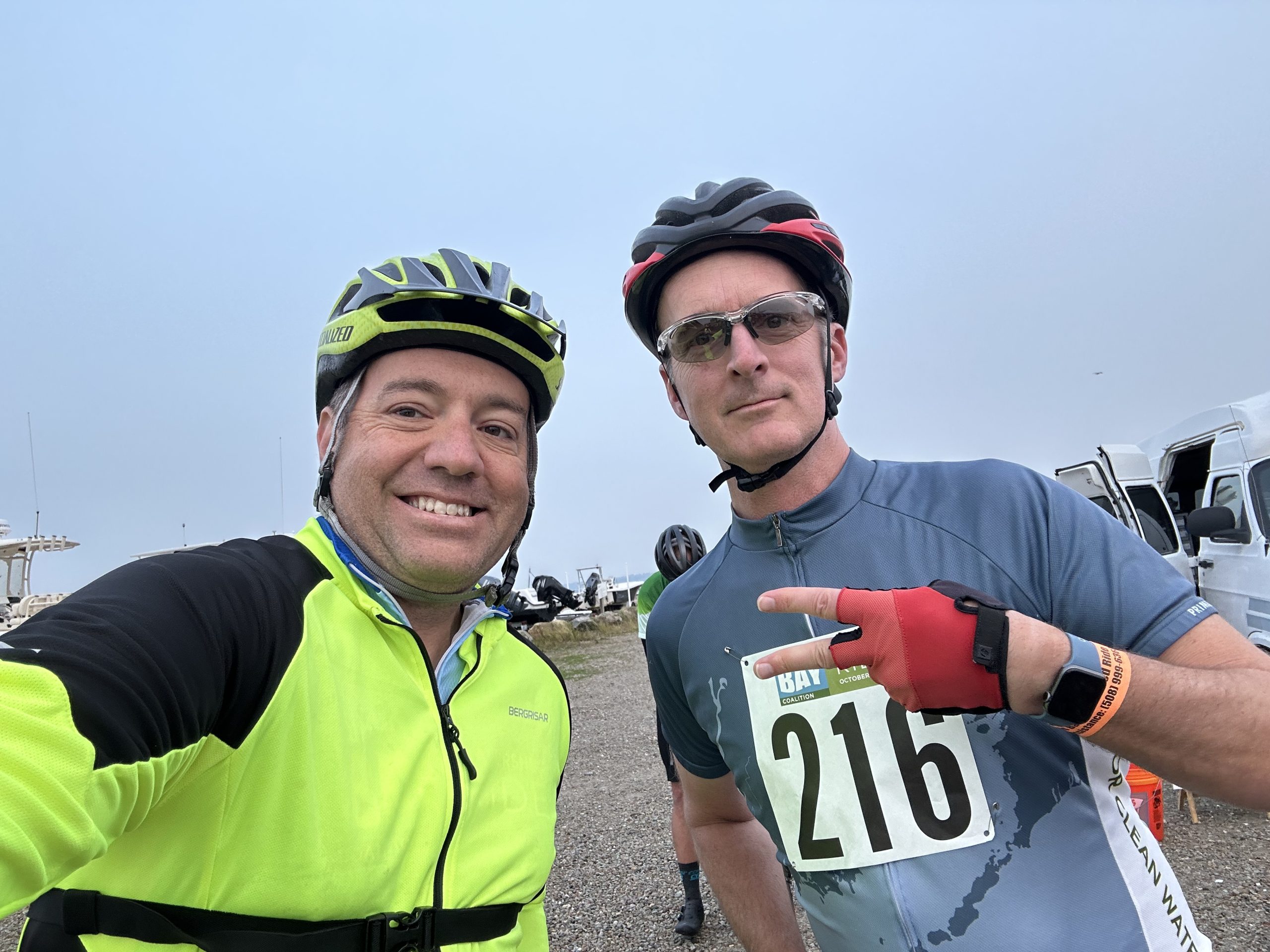Collaborative Programs
Stanford University
SEA’s biennial partnership with Stanford, Stanford@SEA, is a 10-week quarter program that consists of five weeks of coursework at Stanford followed by a 5-week sea component. The program begins with coursework in marine science, marine physiology, maritime studies (literature, conservation, and policy), and nautical science taught by both Stanford and SEA faculty at Stanford’s Hopkins Marine Station. During this time, students develop an independent research project plan, and then carry out the research during the next five weeks at sea aboard SEA’s Pacific research vessel, the SSV Robert C. Seamans.
Instrumental in developing this collaboration is Stanford professor Barbara Block (SEA Semester W-49), a leading expert on the physiology, ecology and evolution of tuna, billfish and mackerel sharks. As a SEA Semester alumna, Dr. Block wanted to provide the same opportunity to her students that she’d had at SEA.
For more information, visit the Stanford@SEA website.
The Pennsylvania State University
SEA partners with Penn State’s Biological Sciences department to offer an embedded winter term program for their majors. Students focus on biological oceanography and gain hands-on experience while sailing and conducting experiments aboard SEA’s Atlantic research vessel, SSV Corwith Cramer.
The program focus includes:
- physical and geological data collection
- sea water chemistry analysis
- plankton tows
- snorkeling on Caribbean reefs
- sailing training
For more information, visit the PSU program website.
Harvard University
At the beginning of certain academic semesters, Harvard’s Department of Earth and Planetary Sciences (EPS) offers a department-sponsored field trip aboard one of SEA’s sailing research vessels. Sophomore EPS concentrators are able to take advantage of the state-of-the-art research tools available aboard the ship as they see first-hand the science, systems, and earth processes they learn about in the classroom.
Sample research activities include:
- Seafloor mapping and bottom topography
- Analysis of water column structure in terms of temperature, salinity, nutrients, and currents
- Microscopic examination of phytoplankton
- Introduction to celestial navigation
For more information, visit the Harvard Department of Earth and Planetary Sciences website.
The Wharton School, The University of Pennsylvania
The Wharton School at the University of Pennsylvania offers MBA Leadership Ventures: experiences that facilitate self-discovery, leadership, and character development. Participants are able to step out of their comfort zone, exceed personal limitations, and experience leadership firsthand. There are three types of Leadership Ventures: Expeditions, Intensives and Workshops.
One such Expedition takes place aboard SEA’s Pacific research vessel, the SSV Robert C. Seamans. This program is a continuous sailing expedition near New Zealand in the Southern Pacific Ocean that draws on participants’ endurance — mental and physical — and teamwork skills to achieve the team’s goals in the face of challenging, often unfamiliar obstacles and natural elements. Wharton MBA students build skills in teamwork, decision-making, adaptability and leadership.
For more information, visit the Wharton Leadership Ventures website.
Massachusetts Institute of Technology (MIT) / Woods Hole Oceanographic Institution (WHOI)
SEA welcomes MIT/WHOI Joint Program graduate students to the world of oceanography with a 10-day “Jake Peirson Summer Cruise” in the North Atlantic aboard SEA’s Atlantic research vessel, the SSV Corwith Cramer.
This orientation cruise is named in honor of Jake Peirson, who worked at WHOI from 1967 to 1996 and championed the institution’s educational programs, especially the Joint Program. Students gain practical experience in oceanographic research as they investigate biological, chemical, physical, and geological characteristics of the marine environment along the cruise track. The cruise is also an opportunity for the students to bond with the classmates with whom they will study, work alongside, and commiserate for the next several years.
For more information, visit MIT/WHOI Joint Program website.



